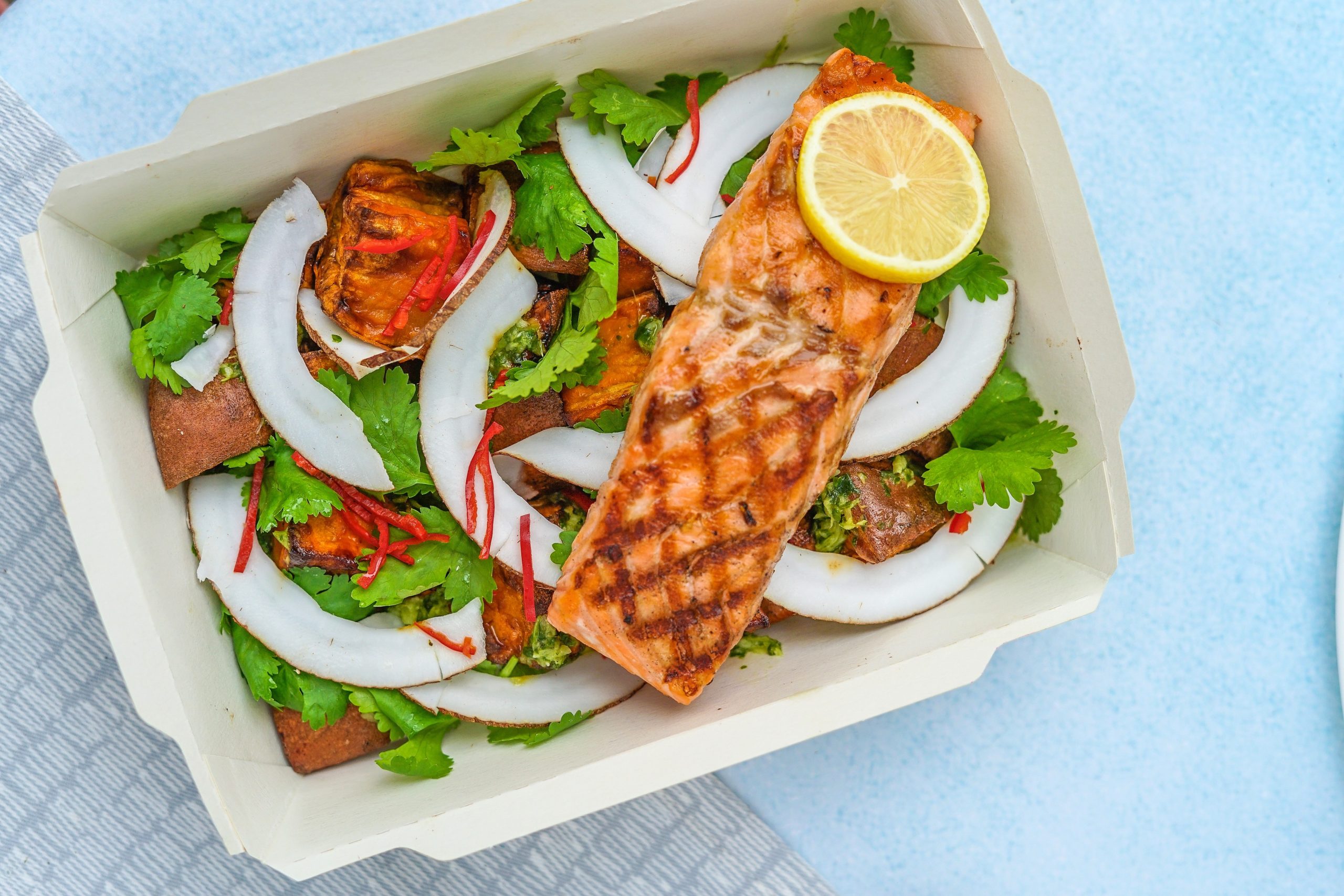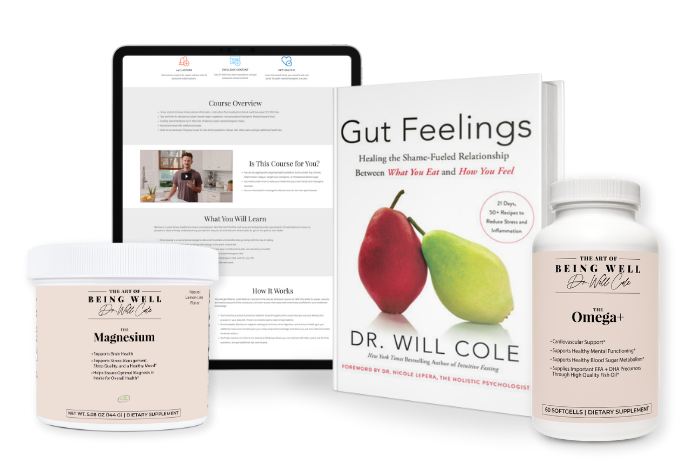Tried + Failed At The Keto Diet? Do This Instead

At this point, most of us are familiar with the ketogenic diet, a low-carb, high-fat, and moderate-protein diet that’s getting more popular by the day. But how does it really work? The goal of the keto diet is to put your body into ketosis, which occurs when you burn fat for fuel instead of glucose.
But should you really do that long-term? After an initial adjustment period, many people feel great physically and can stay in ketosis over the long-term. That said, others have tried keto multiple times and just didn’t feel their best.
If this is you, you’re not alone. And the good news is that you don’t have to abandon your keto diet goals just yet!
ARTICLE CONTINUES BELOW
Make Your Life a Cleanse
SUBSCRIBER-ONLY GUIDES FOR GUT HEALTH, VIBRANT ENERGY, HEALTHY FOOD & CLEAN ALCOHOL
Get FREE access to these + giveaways, recipes, & discount codes in personal emails from Dr. Will Cole.
How to make the keto diet work for you
We all have a unique metabolism, so what works for one person doesn’t always work for you. If you’ve had trouble maintaining the keto diet in the past, you might want to try cycling on and off. Many of my patients feel better when they cycle in and out of ketosis by cutting carbs and then adding them back in strategically.
If you do this correctly, you’ll still get all the benefits of the keto diet – which include taming inflammation, boosting brain health, preventing cravings, and burning fat – without any of the downsides.
I talk about this type of flexibility in my (mostly) plant-based keto diet book, Ketotarian, and here I’ll share three ways to cycle on and off the keto diet for better results.
1. Cycle your carb intake weekly
Many of my patients are able to determine the best amount of carbs for their body by cycling their intake throughout the week. For example, eat less than 55 grams of carbs for five days and then increase your intake to 75 to 155 grams for the next one or two days.
This is a great strategy for jump-starting your metabolism. I recommend carb cycles to endurance athletes since they tend to need more carbohydrates to make it through their workouts and also for any patient that is trying to overcome a weight loss plateau.
I wouldn’t recommend this for people with health complications such as insulin resistance, obesity, or an inflammatory disease. In general, I find that people who are prone to insulin or weight-loss resistance, insatiable cravings, or neurological problems thrive in longer-term nutritional ketosis instead of one of these modified plans.
2. Eat a moderate amount of carbs
With this plan you would increase your total carbs to about 75 to 155 grams of net carbs per day. Net carbs means your total carbs minus the fiber you eat. All in all, you’d want your diet to be 20% carbs, 65% fat, and 15% protein.
If you’re trying this plan, I recommend adding healthy carbohydrates – like cooked carrots, blueberries, sweet potatoes, and rice – to your dinner. Carbs can make you sleepy, so it’s a win-win if you eat them as the last meal before you wind down for the day.
Many people feel better on this plan compared to the traditional keto diet. Generally speaking, I also find that women do better with a modified keto diet that contains a more moderate level of carbs. In addition, many of my female patients increase their carb intake around their period and/or ovulation – once or twice a month – as opposed to cycling in added carbs every week. This helps with hormonal balance and energy levels.
3. Take a seasonal approach to the keto diet
If you don’t want to do a keto diet all year round, try coupling it with eating local, in-season foods. In the winter, you’ll naturally eat fewer carbohydrates since fruit and root veggies are harder to find. In the summer, you can increase your carbs and enjoy all the fresh fruits at the farmer’s market. I have seen firsthand how great adjusting your foods with the seasons works for those who have the metabolic flexibility to tolerate higher carbs from whole, clean food sources.
If the traditional keto diet just isn’t working for you, move on to one of these plans and evaluate your brain function, digestion, sleep, and overall life enjoyment while implementing them.
As one of the first functional medicine telehealth clinics in the world, we provide webcam health consultations for people around the globe.
Photo: unsplash.com
Start Your Health Journey Today
FUNCTIONAL MEDICINE CONSULTATIONS FOR PEOPLE AROUND THE WORLD
View More At Our Store
Purchase personally curated supplements
and Dr. Will Cole’s books!

The information on this website has not been evaluated by the Food & Drug Administration or any other medical body. We do not aim to diagnose, treat, cure or prevent any illness or disease. Information is shared for educational purposes only. You must consult your doctor before acting on any content on this website, especially if you are pregnant, nursing, taking medication, or have a medical condition.
Our content may include products that have been independently chosen and recommended by Dr. Will Cole and our editors. If you purchase something mentioned in this article, we may earn a small commission.

BY DR. WILL COLE
Dr. Will Cole, DNM, IFMCP, DC is a leading functional medicine expert who consults people around the globe, starting one of the first functional medicine telehealth centers in the world. Named one of the top 50 functional and integrative doctors in the nation, Dr. Will Cole provides a functional medicine approach for thyroid issues, autoimmune conditions, hormonal imbalances, digestive disorders, and brain problems. He is also the host of the popular The Art of Being Well podcast and the New York Times bestselling author of Intuitive Fasting, Ketotarian, Gut Feelings, and The Inflammation Spectrum.

Gut Feelings
Healing The Shame-Fueled Relationship
Between What You Eat And How You Feel
